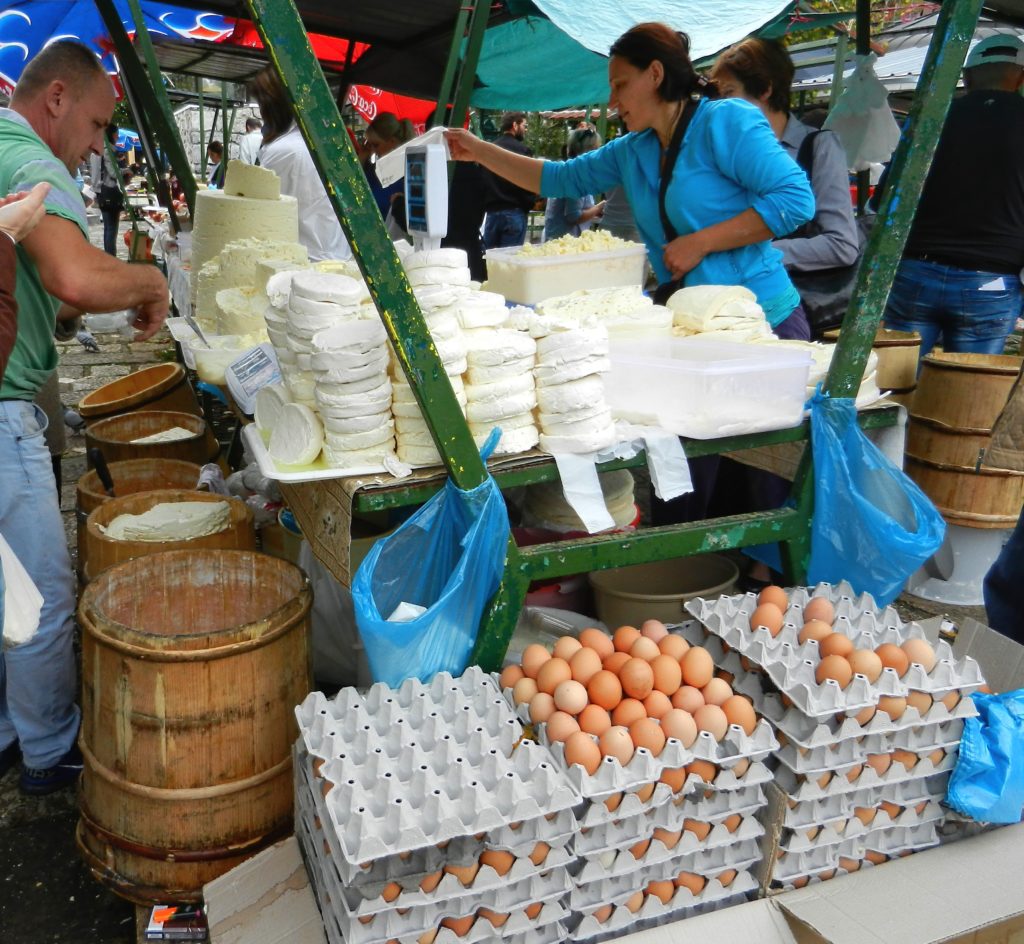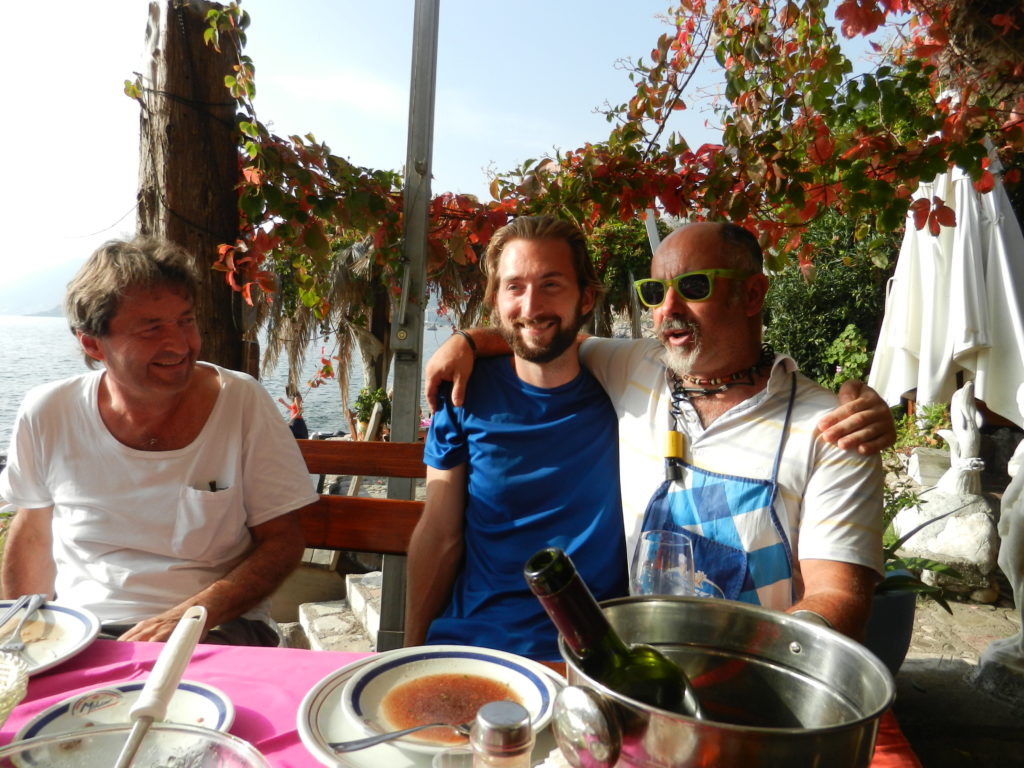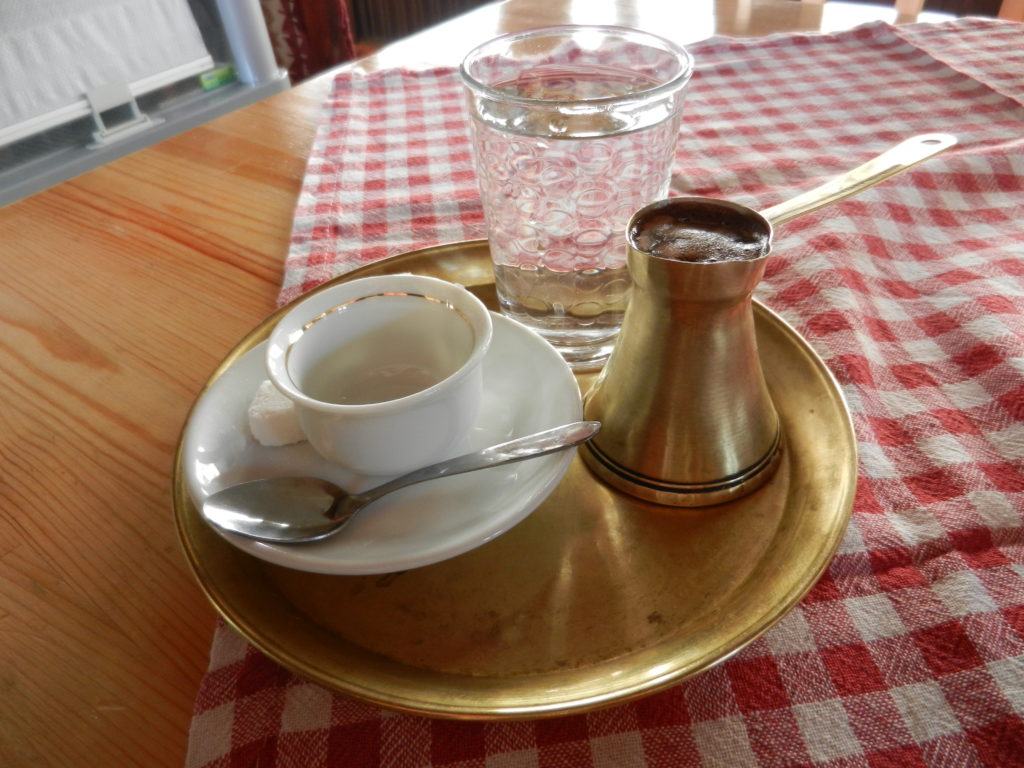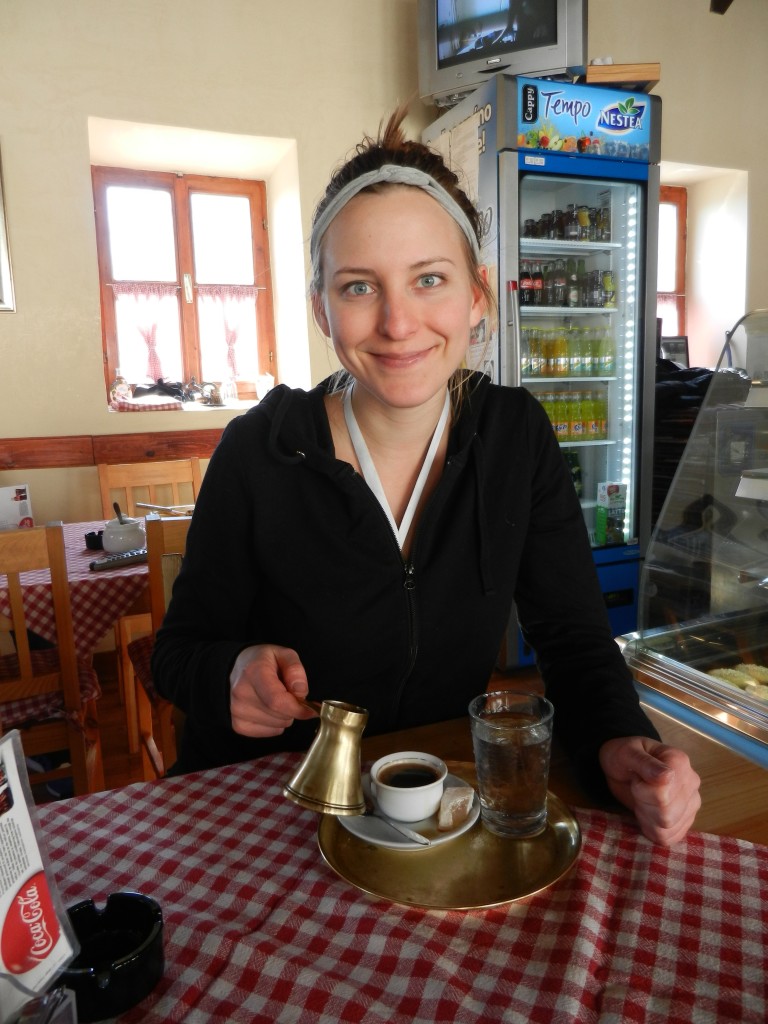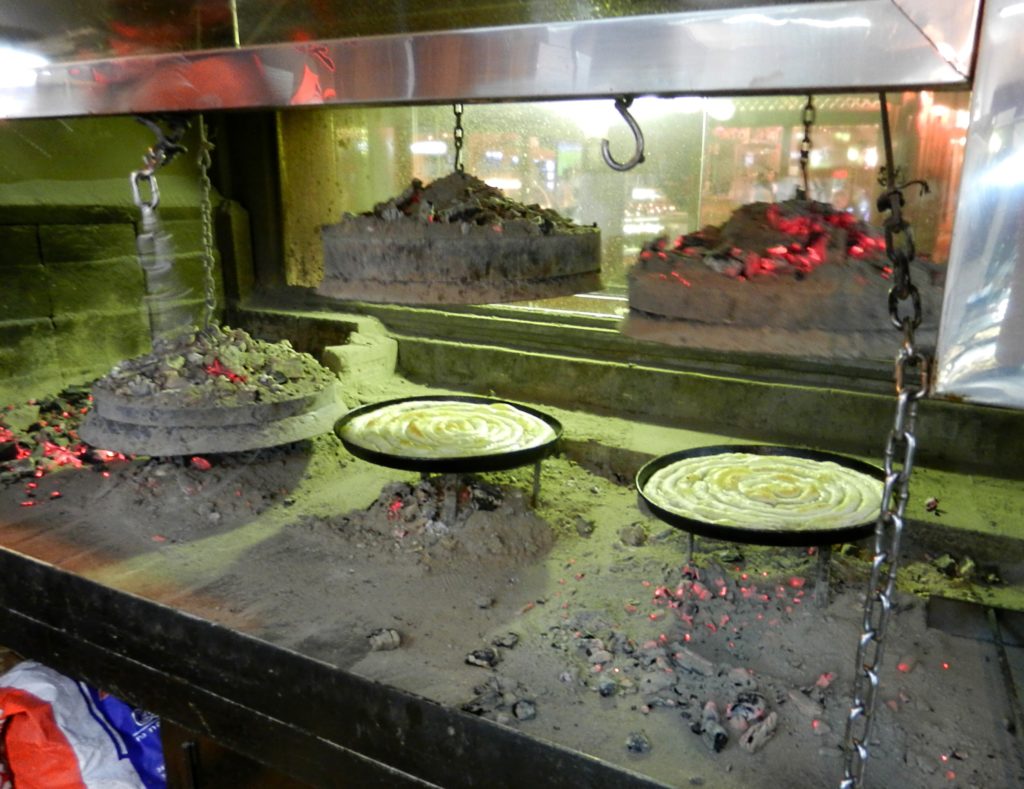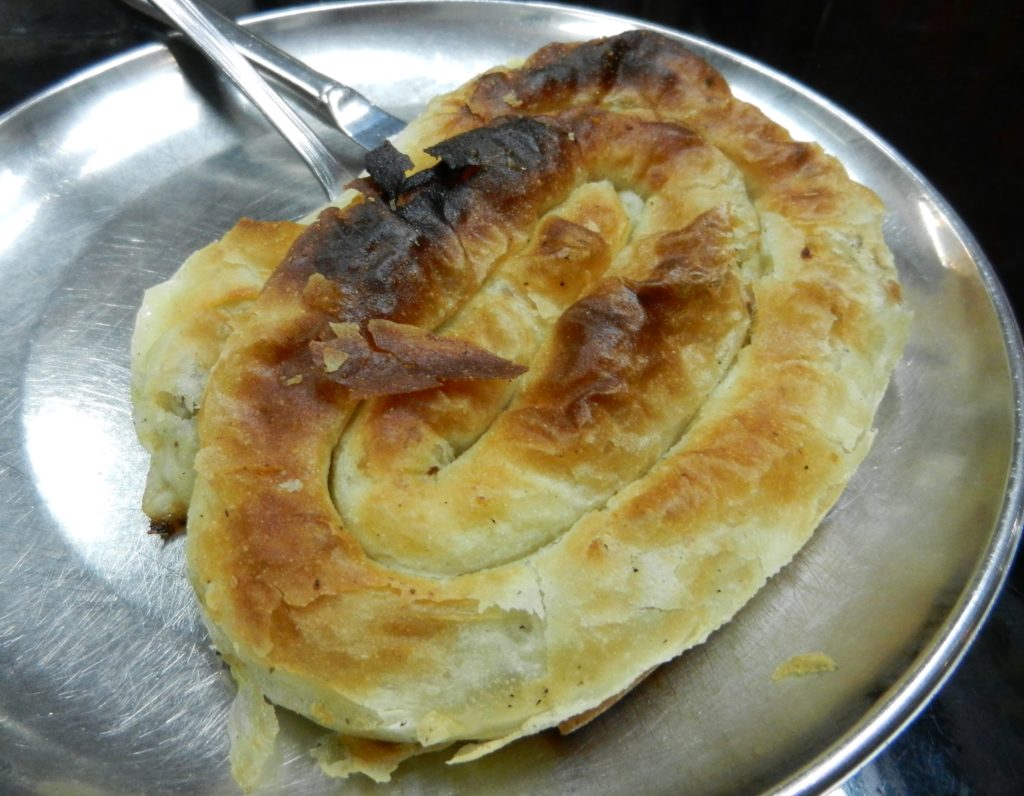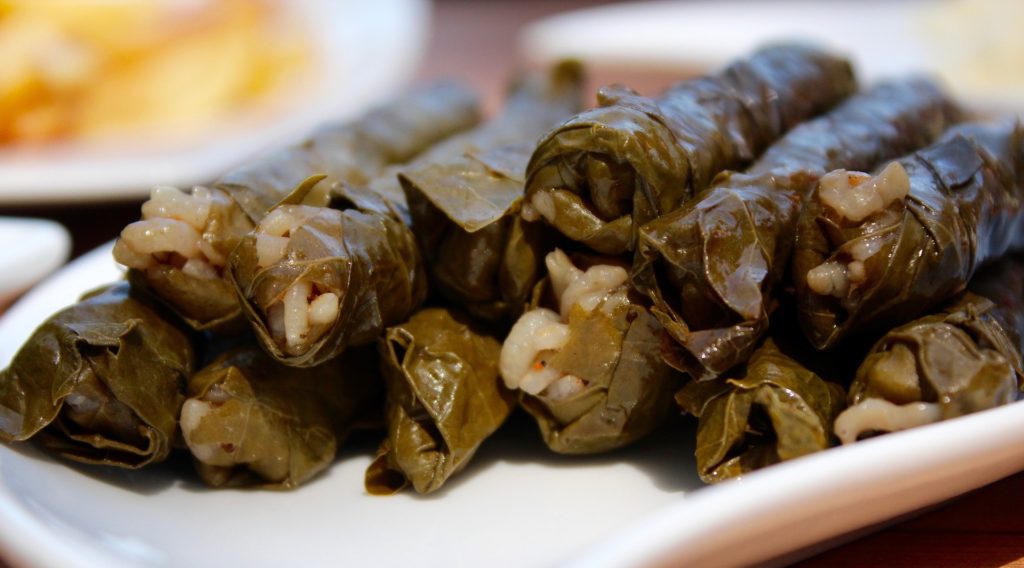What are we eating in… The Balkans!
I want to start by saying that we LOVED the food throughout the Balkan region. Think rich soups, stews, grilled meats, and pies flavoured with paprika, garlic, and fresh vegetables. This feels like cheating a little bit because the “Balkans” encompass a large, diverse region of eastern Europe. The Balkan Peninsula is surrounded by the Adriatic, Mediterranean, Marmara, and the Black Seas and more or less encompasses all of southeastern Europe. For simplicity, I’ll be talking more about some of the foods we enjoyed in the core region of the Balkans, namely Albania, Bulgaria, Bosnia and Herzegovina, Macedonia, Montenegro, and Serbia.
Dishes vary region to region, coast to coast, but we did find a lot of familiar favourites throughout the Balkans. It was also fun to taste the subtle differences between countries! Ćevapi, or ćevapčići, were pretty popular in most places we visited, but the spices varied slightly in each area we visited (and many boasting the best in the Balkans 😉 ). This is just a small snapshot of the amazing food we encountered, so don’t hesitate to go wild when you visit!
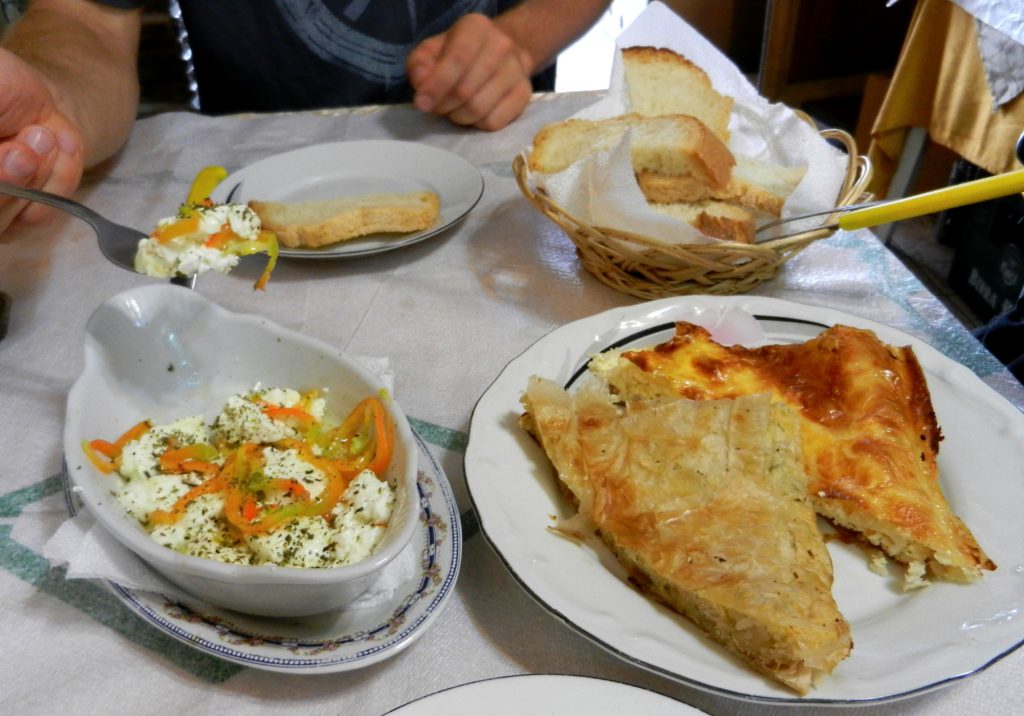
Get your dairy on
The first thing I need to talk about is kajmak, because it changed my life forever. Depending on where you are in the Balkans (or Turkey, Iran, and a handful of other countries) kajmak is made from simmering the milk of water bufalos, cows, sheep, or goats. After simmering, the cream is skimmed and allowed to chill and ferment, resulting in something similar to cream cheese. We first stumbled across kajmak in Bosnia and Herzegovina, nestled lovingly next to a plate of ćevapi (more on that later!). Our host in Sarajevo filled us in on what this delightful treasure was called and brought some fresh kajmak home that was even better than our first taste. Until I find it in Canada (and even then it won’t be the same) I will dream about its creamy deliciousness forever.
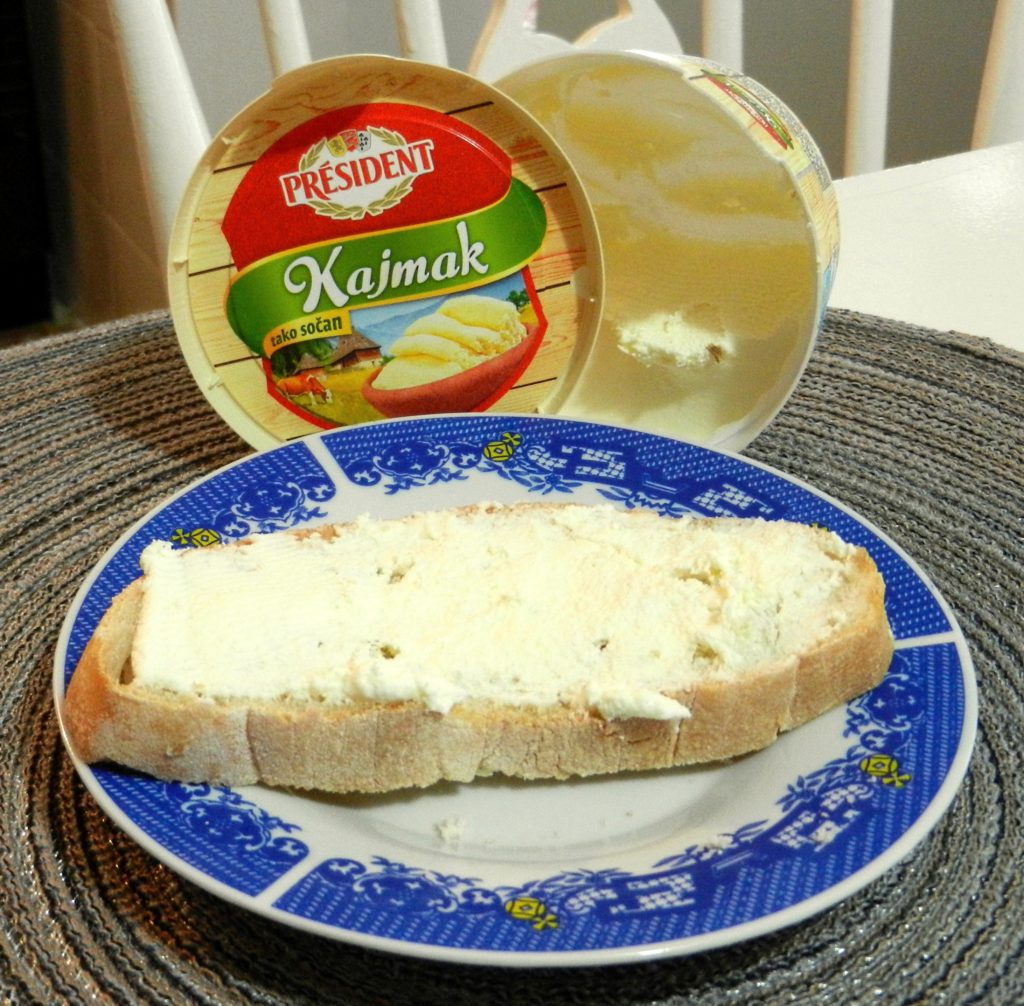
Speaking of fermented dairy, lets talk kefir! This was a favourite of Nathanael’s. Kefir is a fermented milk drink, traditionally made by inoculating milk with kefir grains and allowing the mixture to ferment in goatskin bags. You can actually make your own at home, check it out here! We can also find it here in Canada at the grocery store, but it’s a little bit different everywhere you try it so it’s just not quite the same.
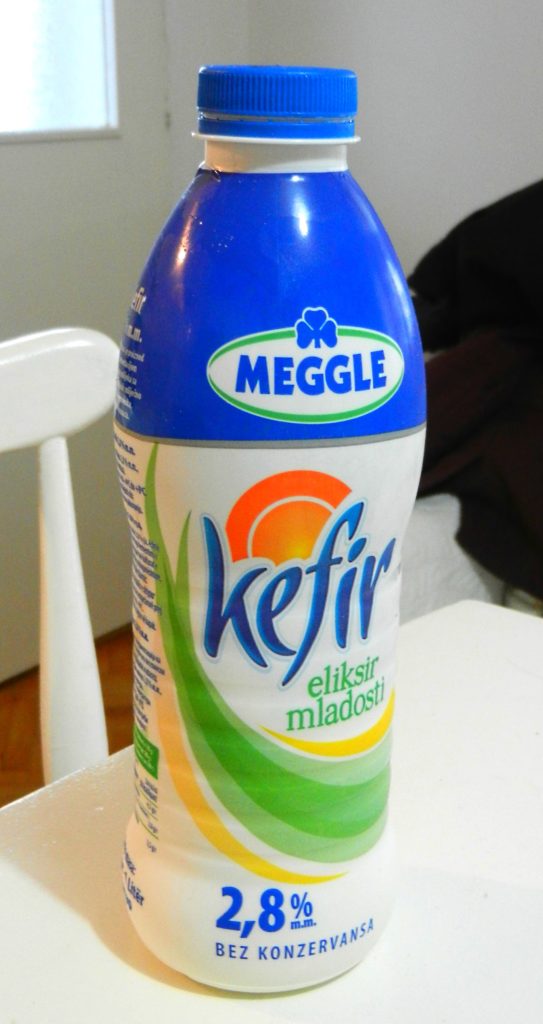
Na Zdravi, Nazdrave, Živeli!
When you find yourself in a cafe in Sarajevo, don’t forget to do as the they do and enjoy a strong cup of Bosnian coffee. This cup of coffee is a point of national pride and not to be taken lightly. The coffee is served rich and dark in a copper džezva, with a side of sugar cubes to sweeten it (if so desired) and rahat lokum (Turkish delight). At first glance, and sip, it didn’t seem too different from Turkish coffee to our untrained tastebuds, but it quickly became a morning ritual during our stay. This article does a nice job of describing the difference between the two, give it a read before visiting!
Looking for something even stronger? Look no further than Rakia, or Rakija, a popular fruit brandy ranging anywhere from 40 to 90% ABV. Our Bulgarian host gave us our first sip as a welcome to Bulgaria, and we were hooked. Commonly produced from grapes or plums, it also goes by pálinka or other similar variations in Poland, Slovakia, Czech, and Hungary. We even had the privilege to try some home-brewed rakia with a local and some friends outside of Teteven!
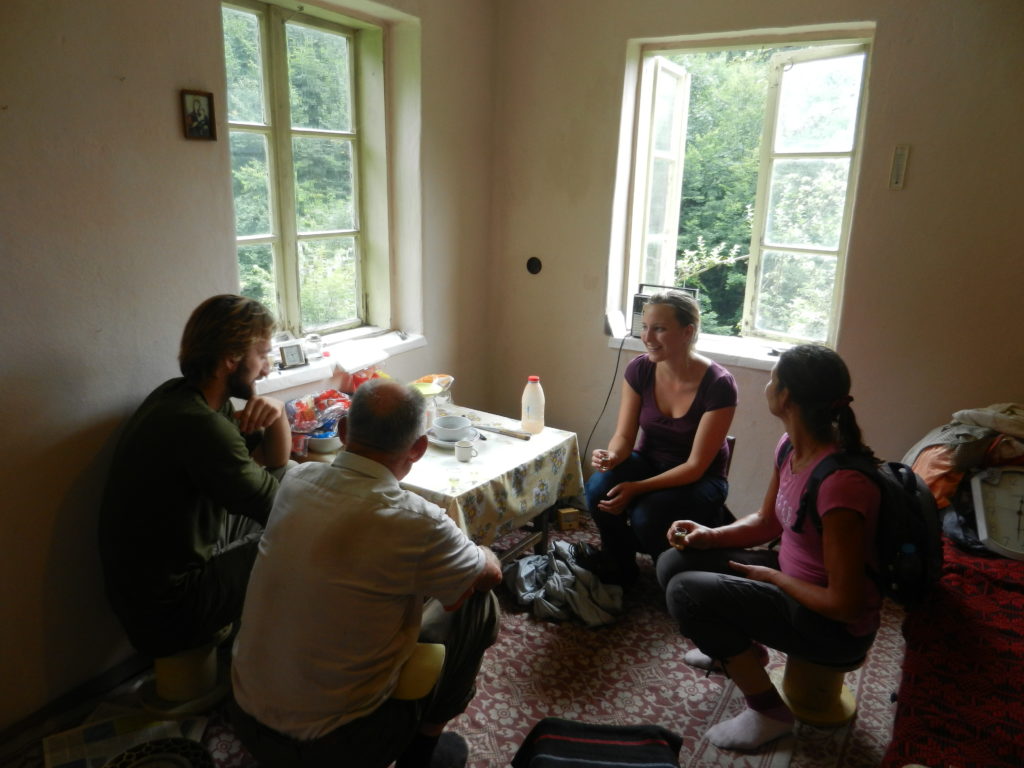
Meats, Mains, and Pies, oh my!
Pršut! Adapted from the Italian name prosciutto, Slavic pršut is a much-loved dry-cured ham served thinly sliced and uncooked. In certain regions of the Balkans, specifically Serbia and Herzegovina among others, pršut is smoked (differing from Italian prosciutto), and the village of Njeguši in Montenegro makes its own speciality called njeguški pršut. Regardless of how its made and where its from, pršut is a delightful addition to any sandwich or served alongside cheese and vegetables.

Sarma is a classic winter dish in the Balkans and can be found in a variety of styles. Sarma can be wrapped in cooked cabbage, similar to cabbage rolls found elsewhere in Europe, but can also use fermented cabbage or grape vine leaves to wrap the filling. Inside, the filling consists of hearty combinations of minced or dried meats, rice, garlic, and spices. Usually served hot with sour cream and fresh bread, these make for a perfect meal for coming in out of a cold winter’s day.
It’s time for the star of the show, the much beloved, quintessential Balkan dish, drumroll please… Ćevapi! They’re common across much of the Balkans and often met with dreamy sighs as someone imagines their last dish. Ćevapi are grilled sausages, often served with flatbread and sides of chopped onion, ajvar, kajmak, or other condiments. Side note: ajvar is also delicious! A Romanian woman kind enough to share some lunch with us on a train let us try some ajvar, a roasted red pepper and eggplant sauce. Back to the main attraction, the meat and spice mixtures of ćevapi differ between regions, but they’re always delicious. Our Croatian host asserted that Sarajevo in Bosnia produced the best ćevapi in the Balkans, and I think I would have to agree. My family were also big fans when they came to visit us in Croatia. Regardless of who makes the best ćevapi, you won’t be disappointed in this iconic Balkan dish.
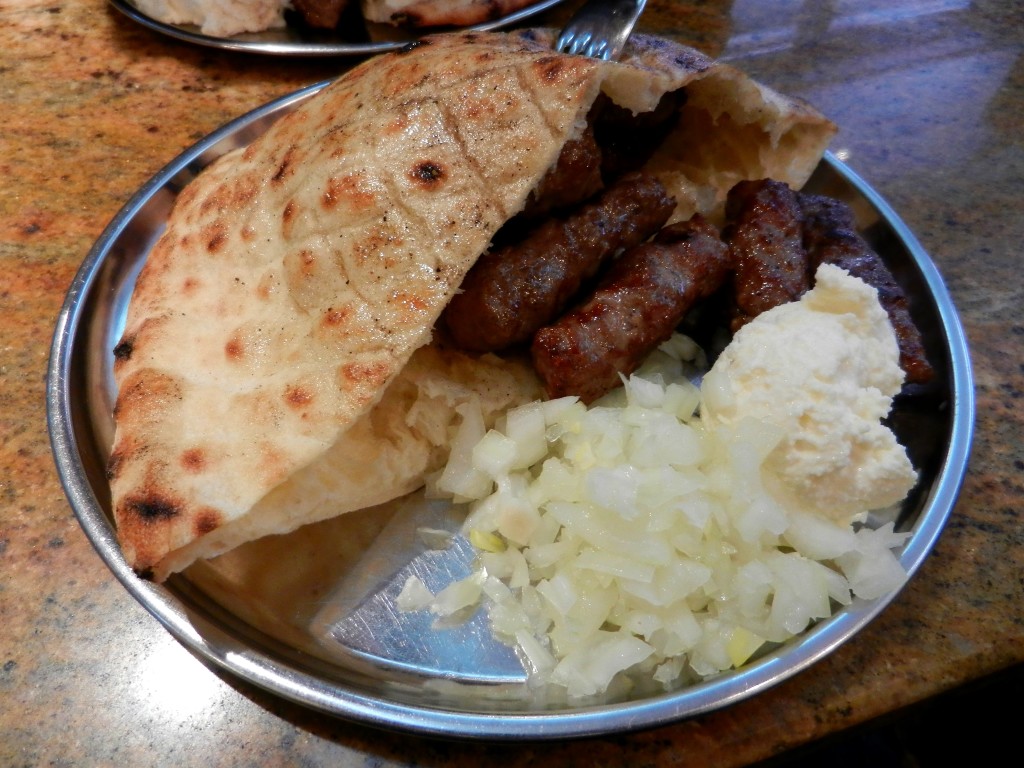
As mentioned, this is just a snapshot of the tasty treats and tipples we enjoyed across the Balkans, especially since each country adds their unique spin to shared dishes. My top recommendation would be to try as much as you can in every corner of the Balkans you visit. You will be amazed at the difference between the lakruar you tried in Albania and the burek in Bosnia!
